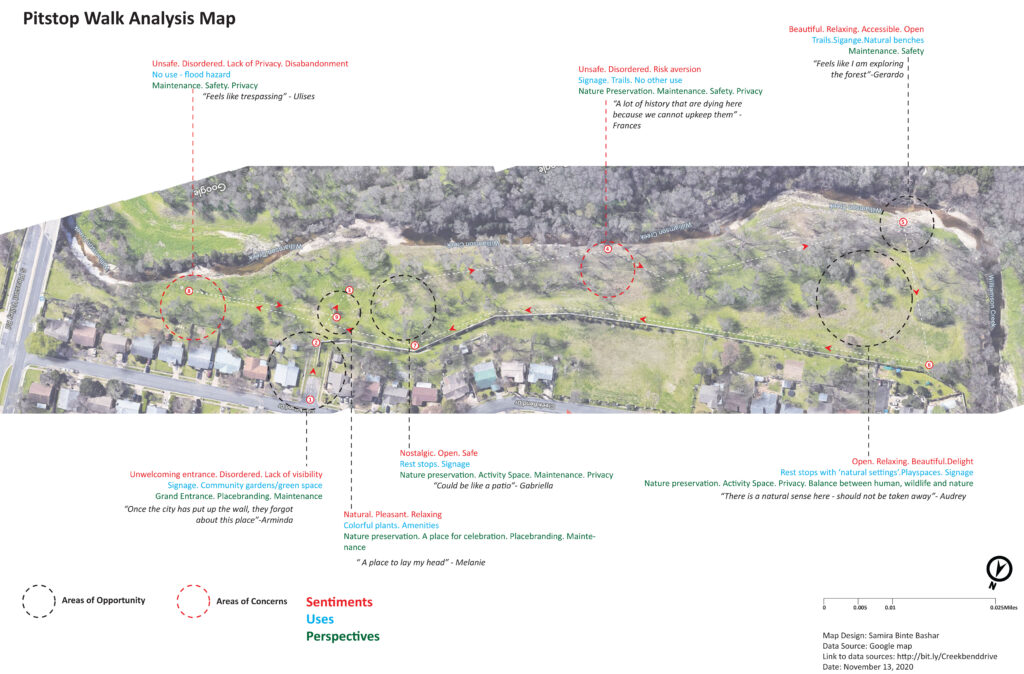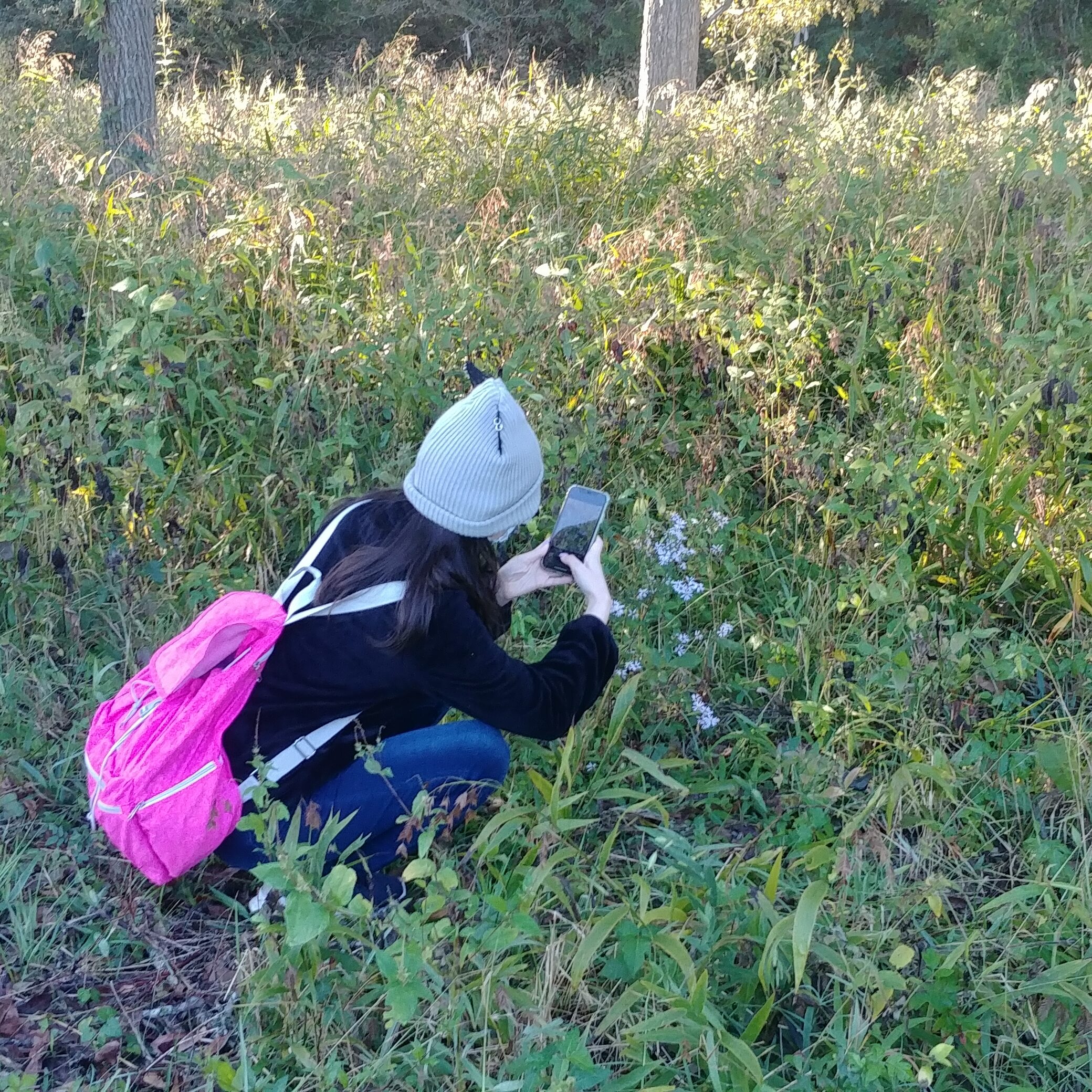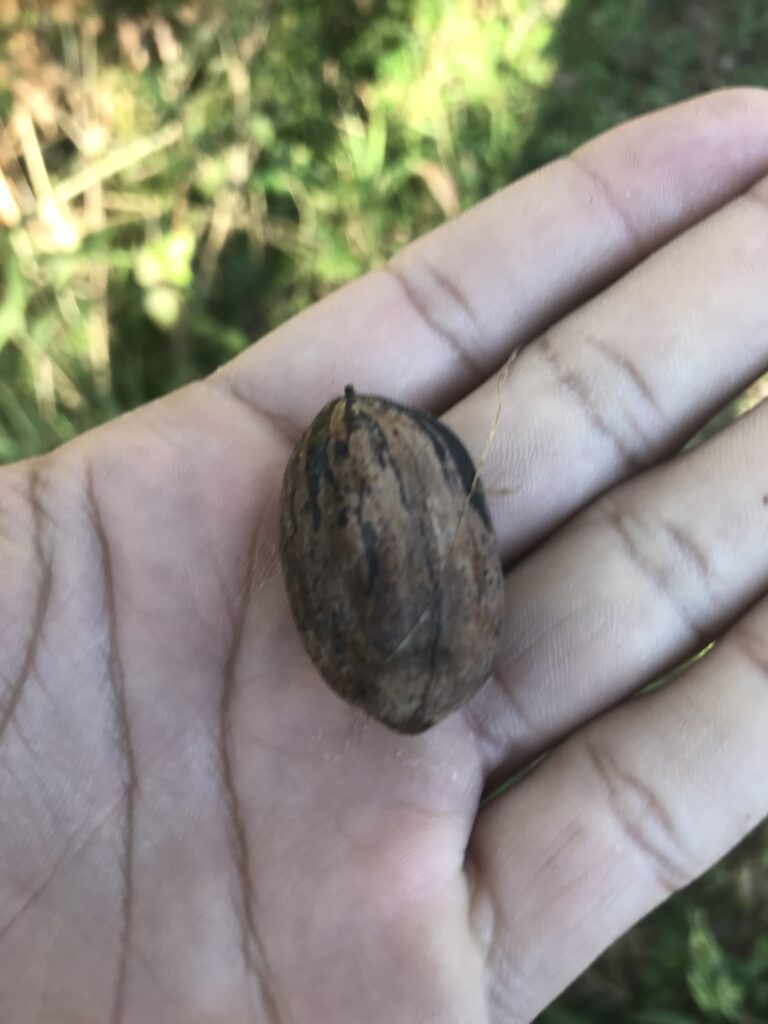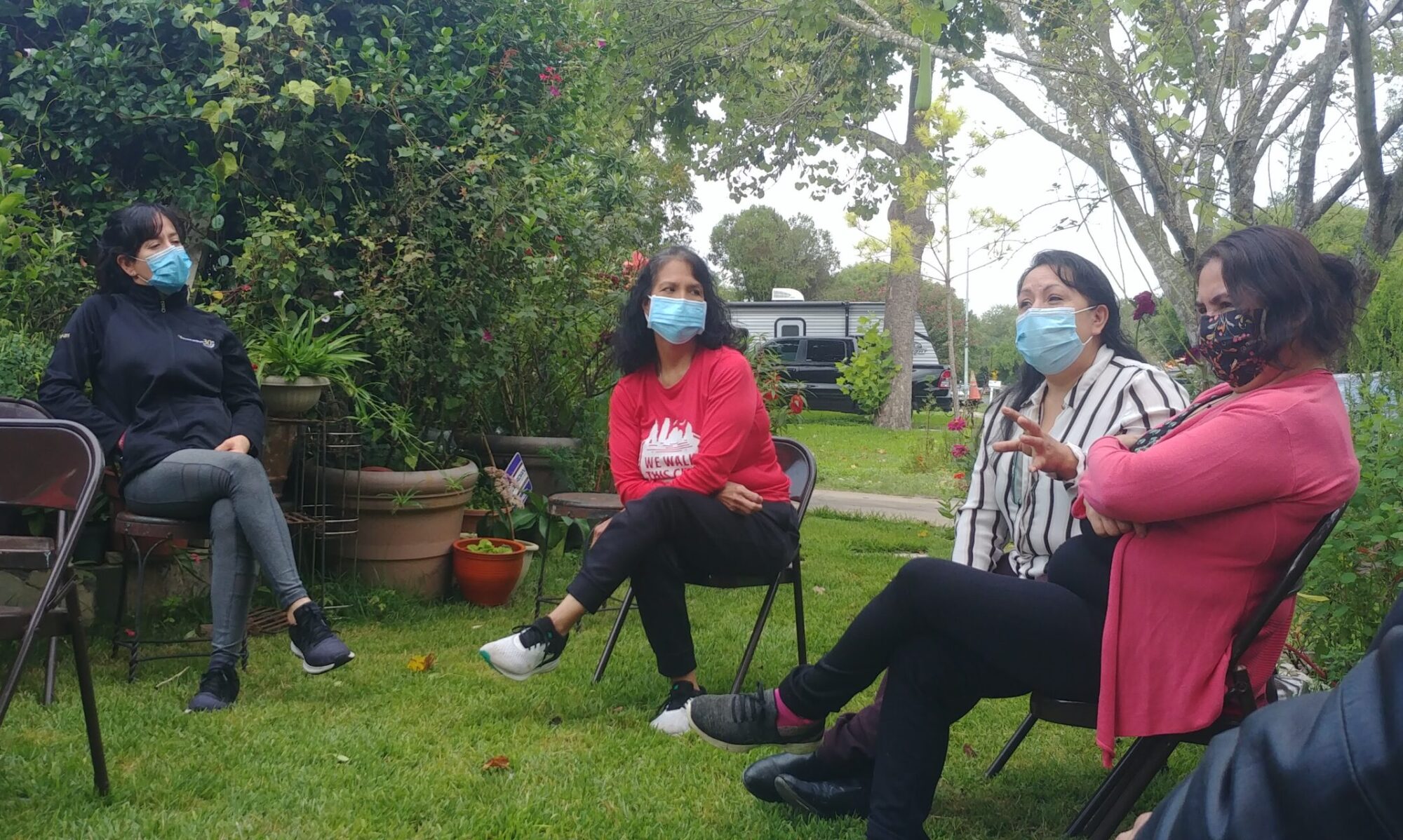Few residents outside the immediate area are familiar with the park. The entrance on Creek Bend Drive is unmarked, and its northern extent is almost fully enclosed by a ten-foot-high floodwall. Over the years, the park trail has become overgrown and the riverbanks continue to erode. In some areas, steep drop-offs to the creek pose a risk to hikers. Residents have diverse views on the park. While the park’s ruggedness deters some residents from visiting it, others embrace its natural beauty and primitive trails and serve as its voluntary stewards. The space holds deep meaning for many residents as a site for solitude and exploration, and elders fondly recall a time when the park was actively maintained by the neighbors.
See our detailed findings and analysis here.

Sentiments
Even before entering the site, many residents said the entrance was not welcoming but instead gave off a warning that the park was off limits. Others said the entrance felt abandoned and made them feel the city had forgotten about the place.
Some participants felt safe and warm because of the high vegetation, but others felt the tall grasses were dangerous and could potentially be a hiding place for offenders or dangerous animals. The high floodwall, meanwhile, gave many participants a feeling of safety but also reminded them how the city had forgotten about the space after putting up the wall.

“When I was like entering and I saw like a lot of like plants… like it was kind of overgrown. I was kind of like asking myself questions, for example, if I went here and I just saw all of that, would I have assumed that it was like a park or somewhere I could be? Or was there some place I was still under…I don’t know like kind of under review? So I was like maybe like it would have been best to like clear it out a bit…”
Melanie
During Pit-stop Walks and other research activities, residents and youth often recalled individual memories, which showed us how meanings become associated with place and then nurture feelings of belonging and nostalgia.
These memories show us how places are not static but constantly reproduced through different meanings and associations. Preserving these memories in park design can help instill a sense of belonging in community members and motivate them to take ownership of the public space.
“I just saw a pecan and it reminded me of my childhood because my Dad would always take me to parks to go pick up pecans. He’ll make a little…like a little dessert, have it covered in sugar and he’ll put it in the oven and like roast it so it’s just like pecan covered in sugar. It tastes good.“
Gerardo

Perspectives
The majority of participants saw the site as a place for neighborhood families and their guests rather than a place for all Austinites. Emphasizing the proximity to their homes, residents looked forward to having a safe and welcoming park space within walking distance.
Within the site, most participants called for improved maintenance of the trails, although to varying degrees. Elders in the community were adamant that the space had not been taken care of in years and that trails appeared unkempt.
Youth, however, preferred the overgrowth of vegetation and instead viewed the site as a “forest” needing preservation rather than intervention. Youth saw the site as an opportunity for Dove Springs to have a “different kind of park” unlike other nearby recreation areas.
Both elders and youth expressed the need for more rest stops with benches throughout the site as well as amenities for upkeep and safety, such as trash cans and directional trail signs, and all wanted benches and other amenities to blend into the natural environment.
Elders also sought programming for youth and children to learn about the community and the natural environment and to spend time outdoors, including interpretive signs to relate information about community history and cultural elements. Lastly, all participants expressed a need for the trailhead entrance to be more prominent and welcoming to users, especially if new to the site.
